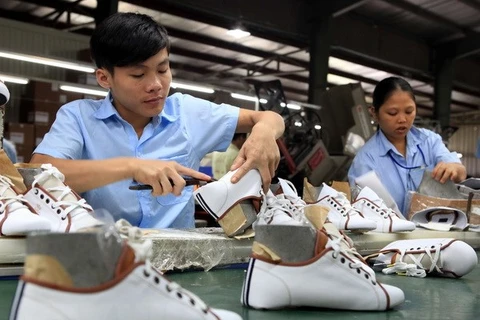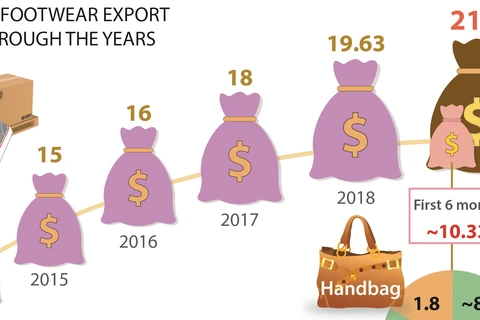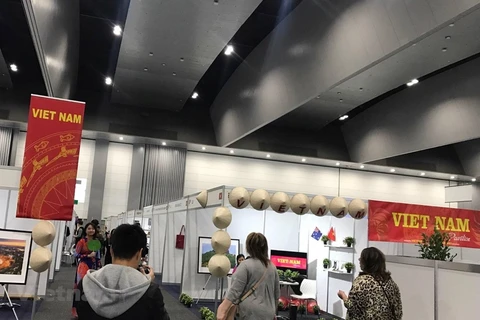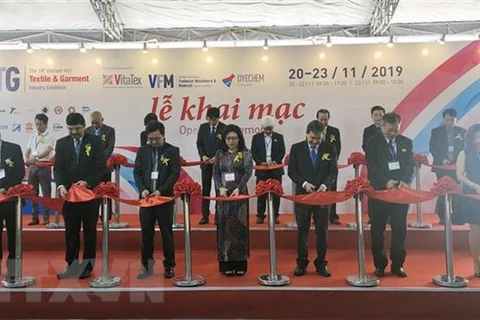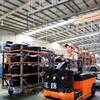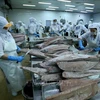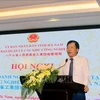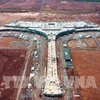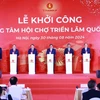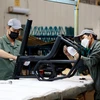HCM City (VNA) – The leather-footwear industry of Vietnam has established its foothold in the global market, but challenges are still lying ahead, requiring it to work harder to grasp big chances created by new-generation free trade agreements (FTAs).
This was the focus of the Supporting Industry Forum 2019, held in Ho Chi Minh City on December 13.
Deputy Minister of Industry and Trade Do Thang Hai said leather-footwear is one of the key exporting industries of Vietnam. With an annual export growth rate of over 10 percent, the industry earned the country approximated 20 billion USD in 2018 and over 10 billion USD in the first half of 2019.
The Vietnam Leather, Footwear and Handbag Association (Lefaso) forecast this year’s leather-footwear exports at some 21.5 billion USD, up 10 percent from 2018.
Vietnamese footwear has been shipped to more than 100 countries, including 50 with imports worth over 1 million USD from Vietnam. The largest markets are the US, the EU, China, Japan and the Republic of Korea.
Vietnam is the world’s second biggest footwear exporter, and this industry is now a great contributor to the national economy, Lefaso said, noting that many companies have expanded production, renovated technology and diversified design to meet consumers’ demand.
However, Lefaso admitted that those achievements are mainly contributed by FDI firms which account for just over 10 percent of all businesses but make up 70 – 80 percent of total export revenue of this industry.
Additionally, the sector is facing numerous challenges such as rising workers’ wage, the Fourth Industrial Revolution, and global economic uncertainties amidst growing protectionism and trade war between the world’s two biggest economies.
According to the association, FTAs like the Comprehensive and Progressive Agreement for Trans-Pacific Partnership (CPTPP) and the EU-Vietnam FTA are generating considerable opportunities for the leather-footwear sector. Once these deals become fully effective, tariff barriers in EU and CPTPP members will be removed, promising stronger export growth for the industry.
However, to capitalise on these chances, Lefaso and its member businesses have to deal with existing bottlenecks, including underdeveloped supporting industry and a lack of support policies, plans on value chain development, strong brands, design personnel, as well as research and development centres.
Deputy Minister Hai said these challenges require the industry to pay more attention to promoting productivity and human resources quality, forming value chains, and applying science-technology to improve products’ value and keep foreign investors in the country./.
VNA

